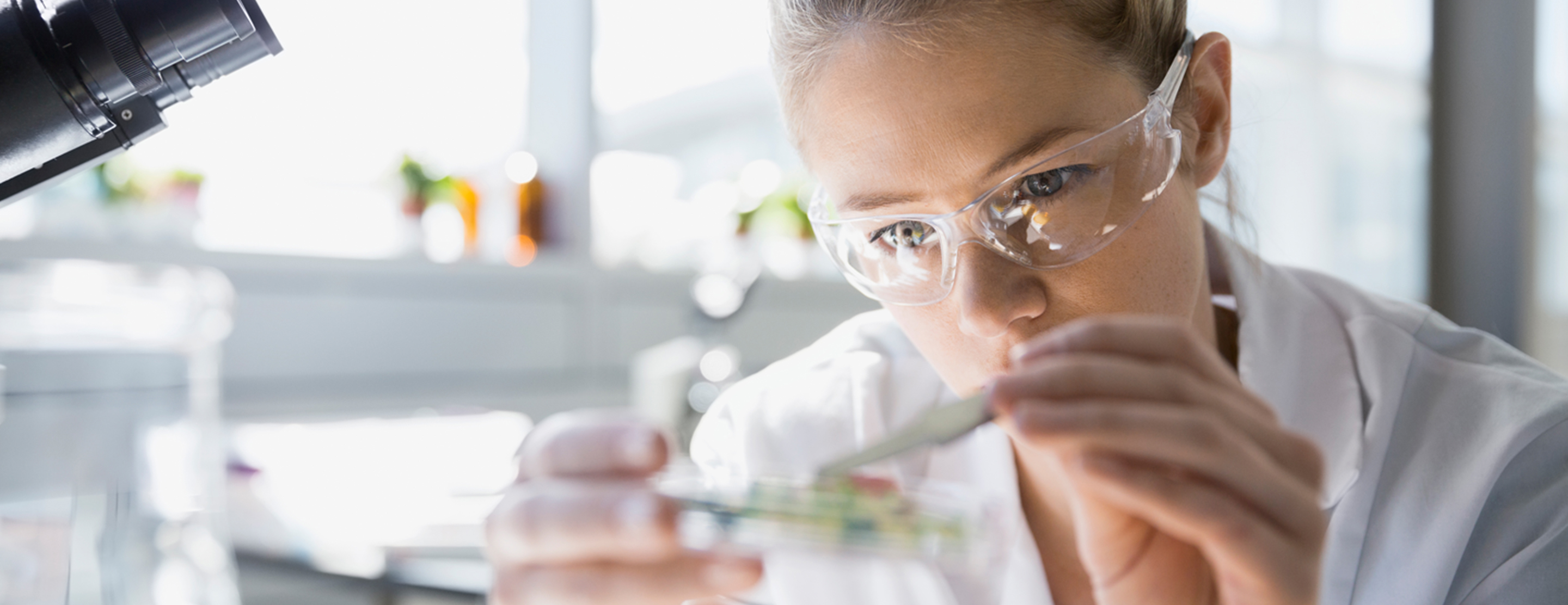
Joint fluid culture
Definition
Joint fluid culture is a laboratory test to detect infection-causing germs in a sample of fluid surrounding a joint.
Alternative Names
Culture - joint fluid
How the Test is Performed
A sample of joint fluid is needed. This may be done in a doctor's office using a needle, or during an operating room procedure. Removing the sample is called
The fluid sample is sent to a laboratory. There, it is placed in a special dish and watched to see if bacteria, fungi, or viruses grow. This is called a culture.
If these germs are detected, other tests may be done to further identify the infection-causing substance and determine the best treatment.
How to Prepare for the Test
Your health care provider will tell you how to prepare for the procedure. No special preparation is needed. But, tell your provider if you're taking a blood thinner, such as aspirin, warfarin (Coumadin) or clopidogrel (Plavix). These medicines can affect test results or your ability to take the test.
How the Test will Feel
Sometimes, the provider will first inject numbing medicine into the skin with a small needle, which will sting. A larger needle is then used to draw out the synovial fluid.
This test may also cause some discomfort if the tip of the needle touches bone. The procedure usually lasts less than 1 to 2 minutes.
Why the Test is Performed
Your provider may order this test if you have unexplained pain and inflammation of a joint or a suspected joint infection.
Normal Results
The test result is considered normal if no organisms (bacteria, fungi, or viruses) grow in the laboratory dish.
What Abnormal Results Mean
Abnormal results are a sign of infection in the joint. Infections may include:
Bacterial arthritis Fungal arthritis Gonococcal arthritis - Turberculous arthritis
Risks
Risks of this test include:
- Infection of the joint -- unusual, but more common with repeated aspirations
- Bleeding into the joint space
References
El-Gabalawy HS. Synovial fluid analyses, synovial biopsy, and synovial pathology. In: Firestein GS, Budd RC, Gabriel SE, McInnes IB, O'Dell JR, eds. Kelly and Firestein's Textbook of Rheumatology. 10th ed. Philadelphia, PA: Elsevier; 2017:chap 53.
Karcher DS, McPherson RA. Cerebrospinal, synovial, serous body fluids, and alternative specimens. In: McPherson RA, Pincus MR, eds. Henry's Clinical Diagnosis and Management by Laboratory Methods. 23rd ed. St Louis, MO: Elsevier; 2017:chap 29.
Review Date: 12/01/2018
The information provided herein should not be used during any medical emergency or for the diagnosis or treatment of any medical condition. A licensed physician should be consulted for diagnosis and treatment of any and all medical conditions. Call 911 for all medical emergencies. Links to other sites are provided for information only -- they do not constitute endorsements of those other sites. Copyright ©2019 A.D.A.M., Inc., as modified by University of California San Francisco. Any duplication or distribution of the information contained herein is strictly prohibited.
Information developed by A.D.A.M., Inc. regarding tests and test results may not directly correspond with information provided by UCSF Health. Please discuss with your doctor any questions or concerns you may have.





